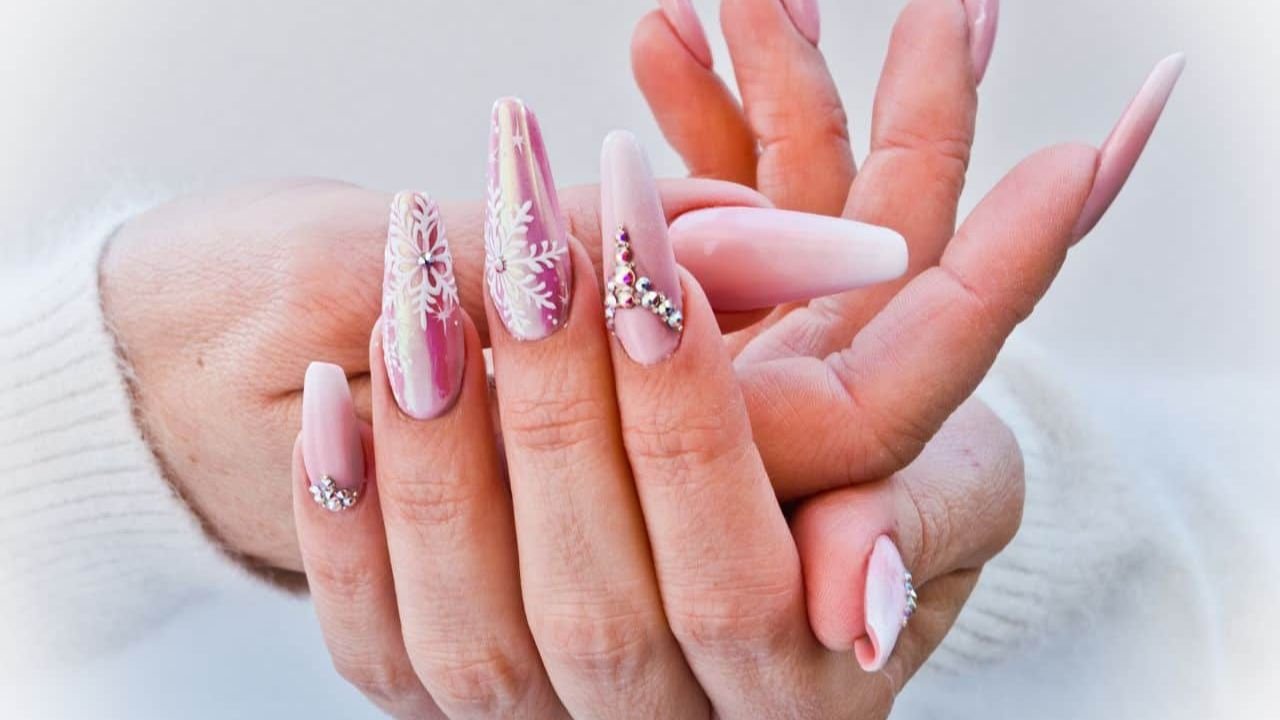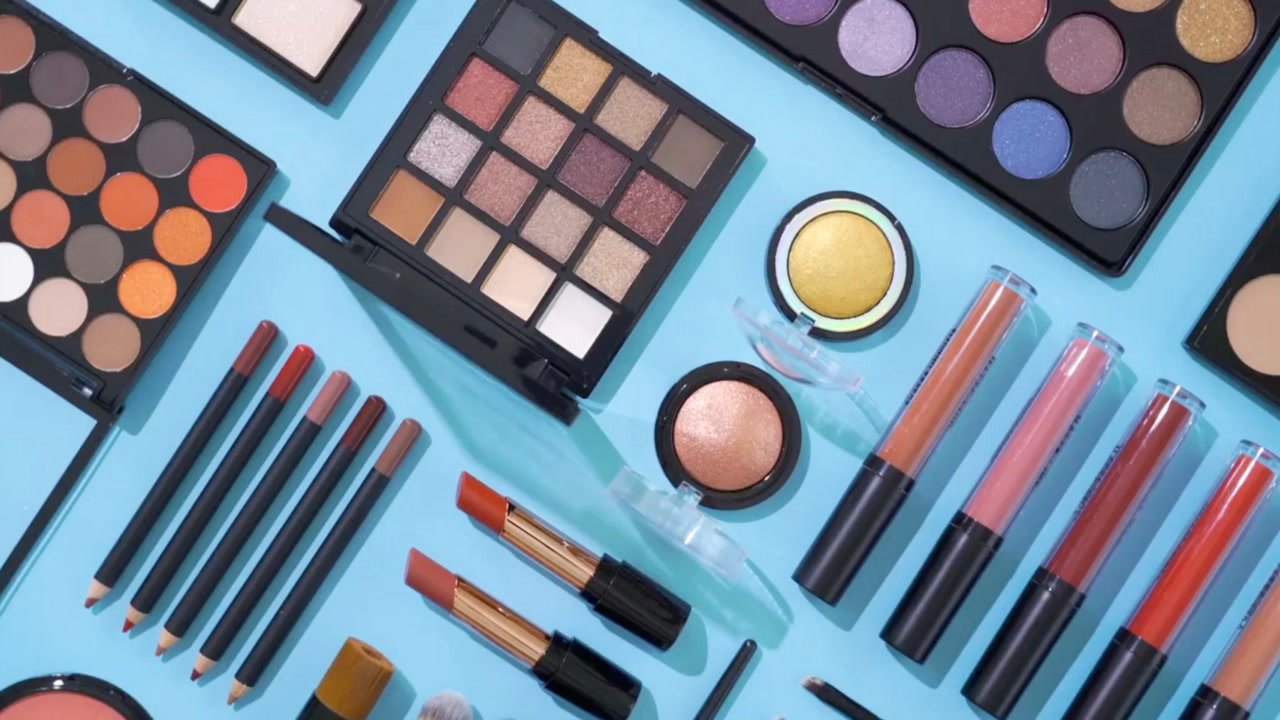Is Nail Polish Considered Makeup? Here’s the Real Answer!

Nail polish has become a staple in many beauty routines worldwide. Its vibrant colors, shiny finishes, and ability to complement any outfit make it one of the most popular cosmetic products. However, a common question that often arises in beauty circles, among consumers, and even in regulatory discussions is: Is nail polish considered makeup? To provide a comprehensive answer, we need to explore the definitions, historical context, industry perspectives, regulatory classifications, and cultural considerations surrounding nail polish and makeup.
1. Defining Makeup and Nail Polish
What is Makeup?
Makeup, also known as cosmetics, refers to products applied to the face and body to enhance or alter appearance. According to the U.S. Food and Drug Administration (FDA), makeup includes products like foundation, lipstick, blush, eyeshadow, mascara, and similar items intended to be applied to the face for beautification, concealment of imperfections, or aesthetic purposes.
What is Nail Polish?
Nail polish, also called nail lacquer or enamel, is a cosmetic product applied to the nails to add color, shine, and sometimes protective qualities. It typically consists of a film-forming polymer, pigments or dyes, solvents, and other additives to improve texture and durability.
Key Differences and Overlaps
While both are cosmetics, their primary application areas differ: face and body versus nails. Yet, both serve the purpose of enhancing appearance.
2. Historical Context of Nail Polish and Makeup
Origins of Makeup
Makeup has ancient origins, dating back thousands of years. The ancient Egyptians, Romans, and Greeks used various substances for face and body decoration. Lipstick, eye makeup, and face paints have been integral to cultural and social practices.
Origins of Nail Polish
Nail adornment also has ancient roots. The Chinese, Egyptians, and Babylonians used natural dyes, henna, and other substances to decorate nails. Modern nail polish as we know it emerged in the early 20th century, inspired by automotive paints, leading to the creation of durable, colorful coatings for nails.
Evolution and Industry Development
The development of the cosmetics industry has blurred lines between different product categories, leading to broader definitions and overlapping uses of products like nail polish and makeup.
3. Industry Perspectives and Product Classifications
Cosmetic Industry Definitions
In the beauty industry, products are often categorized based on their primary use and application area. However, many products are multi-purpose or cross-category.
- Makeup: Primarily refers to facial products designed to alter or enhance facial features.
- Nail Products: Include nail polish, treatments, and tools aimed specifically at nail enhancement.
Marketing and Packaging
Nail polishes are marketed in cosmetic sections alongside makeup products but are also sold in nail salons and specialized beauty stores. Packaging often emphasizes color and durability rather than facial enhancement.
Product Labeling
Manufacturers label nail polishes as “nail color,” “nail enamel,” or “nail lacquer,” indicating their specific use. These labels often distinguish them from facial makeup products.
4. Regulatory Classifications and Legal Perspectives
Regulatory Agencies
Different countries have regulatory bodies that classify cosmetics for safety and marketing purposes:
- U.S. FDA: Defines cosmetics broadly as articles intended for beautifying or cleansing the body, including nail polishes.
- European Union (EU): Regulates cosmetics under the Cosmetics Regulation, categorizing products similarly.
Classification of Nail Polish
Regulations generally classify nail polish as a cosmetic product, not as a makeup product per se. The key point is that nail polish is considered a cosmetic intended for beautification but applied to the nails, not the face.
Legal Distinctions
While both nail polish and makeup are under the umbrella of cosmetics, their specific legal classifications can differ slightly based on jurisdiction. For example, some regulations may specify certain safety standards or labeling requirements for nail products versus facial cosmetics.
5. Cultural and Social Perspectives
Perceptions of Makeup and Nail Polish
Culturally, makeup is often associated with facial beautification, self-expression, and fashion. Nail polish, while sometimes grouped with makeup, is often viewed as a separate category—more akin to body adornment or fashion accessory.
Social Practices
In many societies, nail polish is seen as an extension of makeup but also as a standalone beauty product. Its application can be for personal style, cultural expression, or fashion trends.
6. Scientific and Functional Considerations
Purpose and Function
- Makeup: Designed to change or enhance facial features, conceal imperfections, or create artistic looks.
- Nail Polish: Primarily decorative and protective; it does not alter facial features but enhances the appearance of nails.
Application and Usage
Makeup is typically applied to the face, eyes, lips, cheeks, and sometimes body. Nail polish is applied exclusively to nails.
Chemical Composition
While there is some overlap in ingredients (e.g., colorants, film-formers), the formulations are tailored to their specific application areas, accommodating different safety and performance requirements.
7. Addressing the Core Question: Is Nail Polish Considered Makeup?
In Summary:
- From a Definitions Perspective: No, nail polish is generally not classified as makeup because it is applied to nails, whereas makeup refers to products applied to the face to alter or enhance facial features.
- From a Industry and Regulatory Perspective: Nail polish is categorized as a cosmetic product but is distinguished from facial makeup products. It is considered a separate category within the broader cosmetic industry.
- From a Cultural and Usage Perspective: While both serve aesthetic purposes, they are often viewed as distinct categories, although they are both part of overall beauty and personal care routines.
Therefore:
Nail polish is not technically considered makeup in the strictest categorization. It is classified as a cosmetic product used specifically for nails, whereas makeup refers primarily to products intended for facial beautification.
8. Why the Confusion?
Many people and even some industry professionals sometimes refer to nail polish as makeup because they both serve cosmetic purposes and contribute to personal style. Additionally, in some contexts, people use the term “makeup” colloquially to include all beauty products, blurring the lines.
Furthermore, in retail settings, the overlap in packaging, placement, and marketing can create ambiguity.
9. The Gray Areas and Overlapping Categories
Multi-purpose Products
Some products, like colored creams or gels, can be used on both nails and other body parts, leading to classification dilemmas.
Cosmetic Accessories
Items like nail art pens, decals, and glitter can be seen as both part of makeup and nail care.
Beauty Trends
Fashion trends often merge makeup and nail art, encouraging a holistic approach to personal aesthetics.
10. Final Thoughts and Practical Implications
For Consumers:
Understanding the distinction helps in choosing the right products for specific purposes and adhering to safety guidelines.
For Industry and Regulators:
Clear classifications ensure appropriate regulation, safety standards, and marketing practices.
For Beauty Enthusiasts:
Recognizing that nail polish is a separate but related category of cosmetics allows for better education, experimentation, and appreciation of the diverse beauty products available.
Conclusion
While both nail polish and makeup are integral parts of the cosmetic universe, nail polish is not considered makeup in the strict, regulatory, and definitional sense. It is a cosmetic product specifically designed for use on nails, with a primary purpose of decoration and protection. Makeup, on the other hand, is primarily associated with facial beautification and feature enhancement.
Understanding these distinctions clarifies conversations about beauty products, ensures proper usage and regulation, and highlights the rich diversity within the cosmetic industry. Whether you view nail polish as a form of makeup or a separate category, it undeniably plays a vital role in personal expression and aesthetic enhancement.
References:
- U.S. Food and Drug Administration (FDA). (n.d.). Cosmetics. https://www.fda.gov/cosmetics
- European Commission. (2009). Regulation (EC) No 1223/2009 on cosmetic products.
- “History of Nail Polish.” (2020). International Nail Salon & Spa Association.
- “What is Makeup?” (2021). Beauty Industry Insights.
- “Cosmetic Product Classifications.” (2022). Global Cosmetics Regulatory Guide.
- “The Science of Cosmetics.” (2023). Journal of Cosmetic Science.



